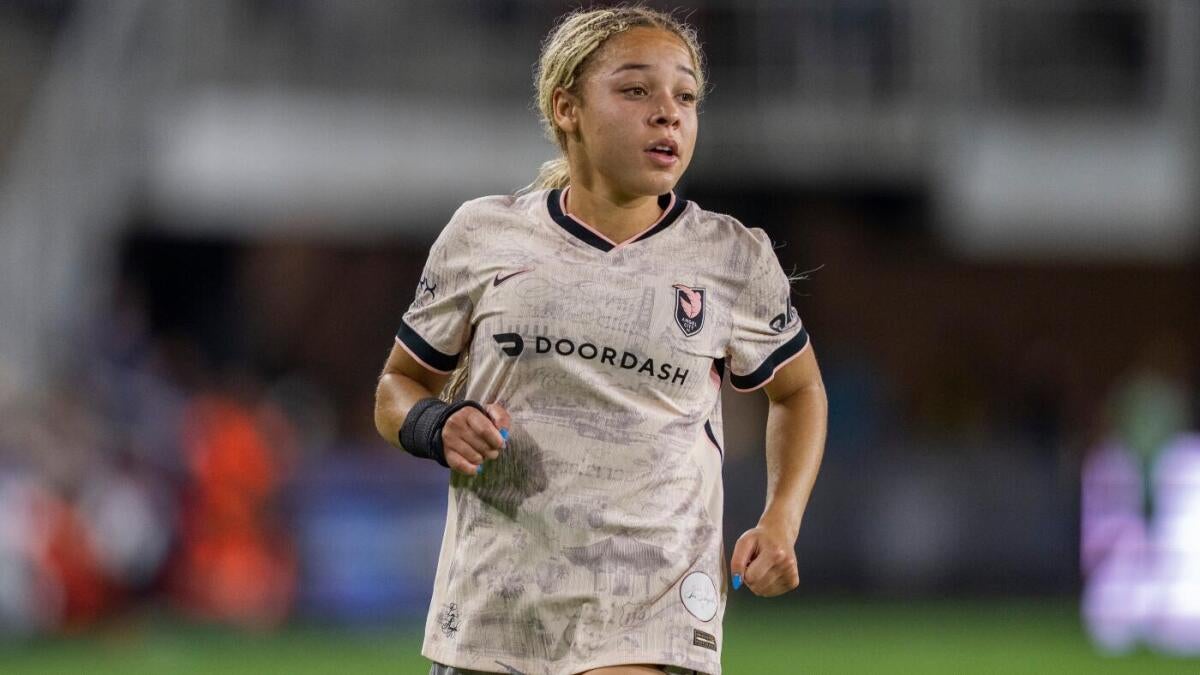Unpacking the On-Field Collapse and Emergency Heart Surgery of Angel City’s Savy King
The sudden collapse of Angel City defender Savy King during a National Women’s Soccer League (NWSL) match on May 10, 2025, shook the sports community with a stark reminder about the fragility of athlete health. This incident highlights the complex intersection of medical vigilance, emergency response, and the evolving standards of player safety in professional sports.
The Moment That Changed Everything
In the 74th minute of the game against the Utah Royals, 20-year-old Savy King suddenly fell, instantly turning a routine match into a medical emergency. The prompt on-field medical care played a crucial role in stabilizing her condition, but the continuation of the match amidst visible distress sparked an important conversation. The decision to keep playing drew criticism, especially from Utah Royals’ coach Jimmy Coenraets and the NWSL Players Association, spotlighting how leagues must balance the integrity of the game with urgent health protocols.
This moment underlines a universal truth about sports: the physical limits of even the most elite athletes can be unexpectedly breached. It also sets the stage for deeper scrutiny of how professional sports handle acute health crises.
Diagnosing the Hidden Danger: Heart Abnormality
Once at Cedars-Sinai Medical Center, thorough medical evaluation uncovered a significant heart abnormality requiring immediate surgical correction. While the specific nature of the condition was not disclosed, it caught attention because King was a young, elite athlete—an age and profile usually associated with robust health.
This diagnosis reveals an often-overlooked reality: underlying cardiac issues can remain hidden, even in peak-condition athletes. It reaffirms the pressing need for rigorous cardiovascular screening in professional sports to detect latent risks that might otherwise manifest abruptly during competition.
The Road to Recovery: Surgery and Beyond
King’s surgery on May 14 was a critical turning point. Per official reports, the procedure was successful, and her prognosis “excellent.” The relatively swift discharge from the hospital by May 17 marked the beginning of her physical recovery, supported by a network of medical professionals, family, and teammates.
Her journey from collapse to recovery encapsulates resilience and the lifesaving power of rapid medical intervention. It also emphasizes the importance of specialized surgical and aftercare infrastructure in managing severe cardiac emergencies within the sports environment.
The Ripple Effect: League and Player Responses
The incident triggered a wave of concern and solidarity throughout the NWSL community. Players, clubs, and league officials rallied behind King and called for a critical reassessment of existing emergency protocols. The NWSL Players Association’s push for enhanced safety measures and better crisis management reflects a broader shift in professional sports toward prioritizing athlete well-being over uninterrupted gameplay.
This collective response points to an evolving culture that values transparency, proactive health management, and the mental and physical safety of athletes as fundamental—not secondary—elements of professional competition.
Future-Proofing Player Safety
King’s collapse is more than an isolated medical emergency; it’s a catalyst for systemic change. The NWSL’s commitment to reviewing and possibly overhauling medical protocols could lead to immediate match stoppages for serious injuries, mandatory health screenings, and clearer communications between medical staff, players, and officials.
Such reforms aim to safeguard athletes against preventable health crises, reduce anxiety around hidden medical conditions, and instill greater confidence among players and fans regarding the league’s commitment to safety. This shift may also inspire other leagues to adopt similar standards, promoting athlete health across sports disciplines.
Conclusion: Turning Crisis into Opportunity for Change
Savy King’s experience is a vivid reminder that athlete health can be unpredictable, demanding vigilance and swift medical action. Her successful surgery and ongoing recovery are testaments to human resilience and medical teamwork. More importantly, the aftermath of this incident has energized the NWSL to rethink health protocols and player safety measures fundamentally.
By channeling this crisis into constructive reform, the league can protect its athletes better and set a precedent that prioritizes health without compromising the spirit of competition. King’s story resonates beyond the pitch, symbolizing courage and the ongoing pursuit of excellence in player care within women’s professional soccer.

